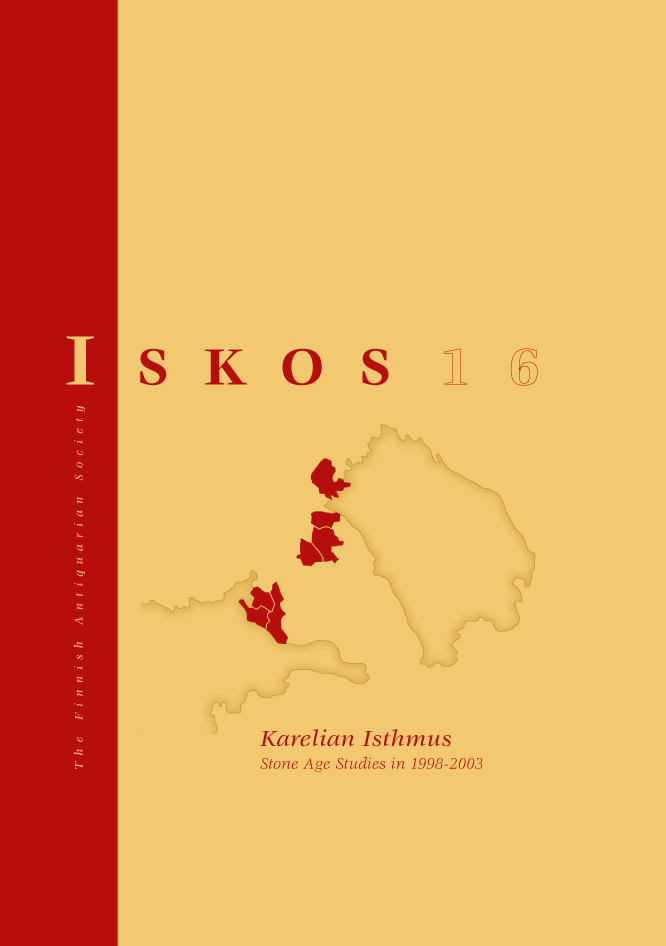Archaeological research in the Kurkijoki area in 2001 and 2003: a preliminary study of the Stone Age settlement patterns in southern Ladoga Karelia
Abstract
This paper describe s the archaeological studies conducted in the former municipality of Kurkijoki in southern Ladoga Karelia by Finnish and Russian researchers in the early years of the 21st century, as well as the environmental and research history of the study area, covering also parts of the neighboring municipalities. This information is used as the basis for a Stone Age settlement pattern, which can be used as a working hypothesis for future research in the current and adjoining areas. Based on our current observations, the more sedentary sites, in many cases with dwelling depressions and ceramic finds , were situated on the eskers bordering the study area. From these sites, which resemble base camps, logistic trips were made into the inner archipelago between the eskers, which is dotted with numerous small quartz find locations interpreted as less sedentary sites. The only exception to this picture is the famous Kurkijoki Kuuppala site excavated in the early 20th century. It is situated in the environmental setting typical for less sedentary sites, yet its find material suggests some degree of sedentariness and a prolonged use life, at least through the Neolithic to the Early Metal period. This could suggest a special character for the Kalmistomaki site, e.g. as a seasonal aggregation point.




